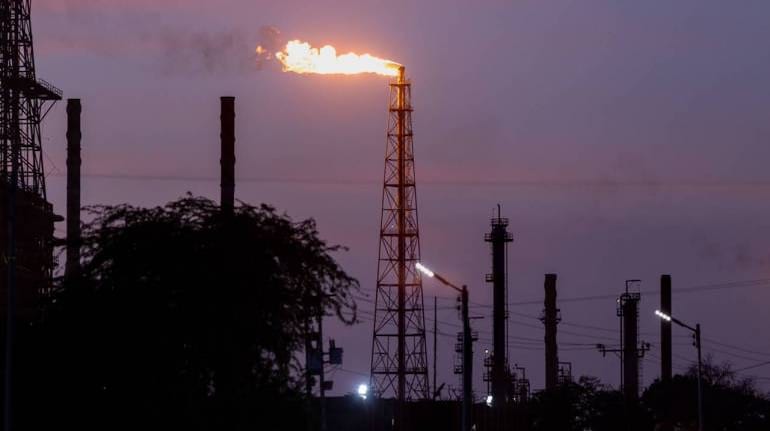



The prices of Brent crude and West Texas Intermediate (WTI) experienced a nearly 4% decline due to an unexpected and significant increase in US gasoline inventories. This news added to the already existing concerns about the lagging demand. Crude oil prices were at their lowest levels since June, oscillating between a 3.5% and 4% loss.
In the fourth quarter of this year, US benchmark oil prices have decreased by almost 20%, falling below $75 a barrel. The Energy Information Administration (EIA) reported that total gasoline stocks for the week ending on November 24 were at 218.2 million barrels, as compared to 213.8 million barrels for the same period last year. In the week to November 24, gasoline stocks rose by 5.4 million barrels to 223.6 million barrels, as stated by the EIA on December 6. This exceeded all expectations for a 1 million-barrel build.
Russian President Vladimir Putin and Saudi Crown Prince Mohammed bin Salman held a meeting on Wednesday to discuss further cooperation on oil prices. They are members of the Organization of the Petroleum Exporting Countries (OPEC) and its allies, known as OPEC+. The purpose of the meeting was to strengthen the market's confidence in the impact of output cuts.
Last week, despite the announcement of voluntary output cuts by OPEC+, oil prices fell by 2%. This sparked concerns about whether the production reductions would be fully implemented. The competition between OPEC+ and record U.S. oil production has been influencing market prices. The most recent example of this was the OPEC+ meeting on November 30th, where a voluntary cut of 2.2 million barrels per day was announced. However, this announcement failed to push oil prices upwards, and the focus remains on U.S. production.
On December 5, the Saudi Energy Minister criticized speculators for prices continuing to drop. He pointed out that they failed to understand the OPEC+ output cut deal. Despite cost inflation and lower international oil prices, the EIA reported that U.S. average daily production for September remained unchanged from its record-high rate in August of 13.24 million barrels. At the same time, American shale producers have no intention of slowing down production.
The fall in oil prices on Wednesday was also due to concerns about China's economy. The market will be watching for the release of China's trade data later on Thursday. China's export data for October were worse than expected, having fallen on a year-on-year basis every month since May.
Discover the latest Business News, Sensex, and Nifty updates. Obtain Personal Finance insights, tax queries, and expert opinions on Moneycontrol or download the Moneycontrol App to stay updated!
Find the best of Al News in one place, specially curated for you every weekend.
Stay on top of the latest tech trends and biggest startup news.